
Find Help
More Items From Ergsy search
-

Cremation and Ash Interment
Relevance: 100%
-

What is direct cremation and how much does it cost in the UK?
Relevance: 41%
-
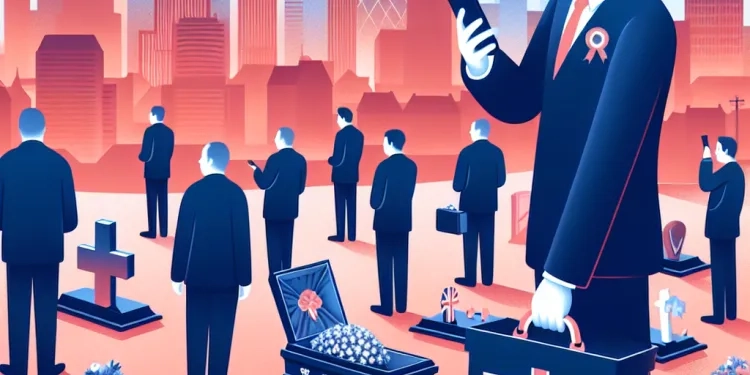
What are the different methods of burial available in the uk?
Relevance: 36%
-
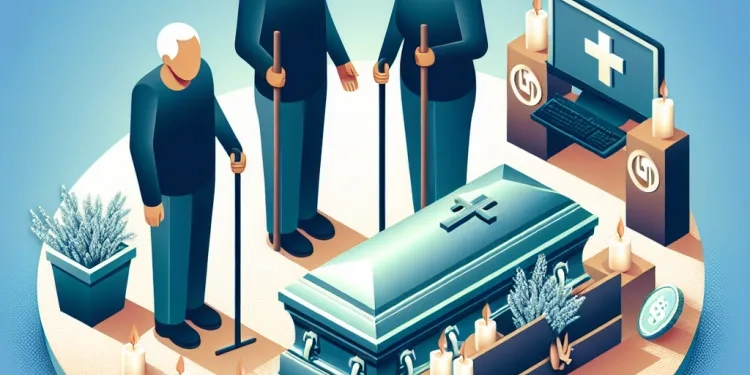
Alternative Burial Methods
Relevance: 26%
-
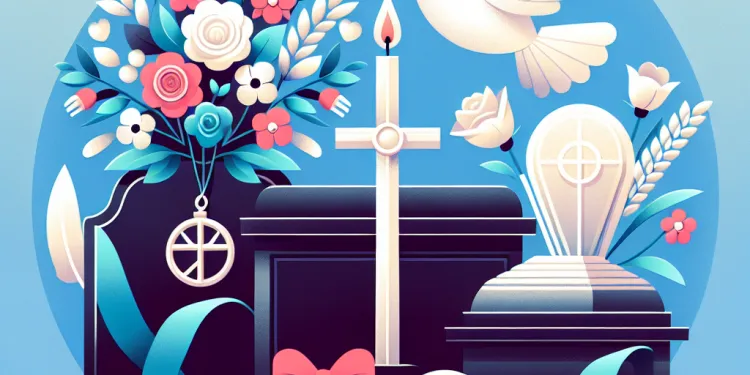
How to arrange a funeral in the UK
Relevance: 17%
-

What costs are usually associated with a funeral?
Relevance: 15%
-

Woodland and Natural Burials
Relevance: 13%
-

Planning for your funeral
Relevance: 11%
-
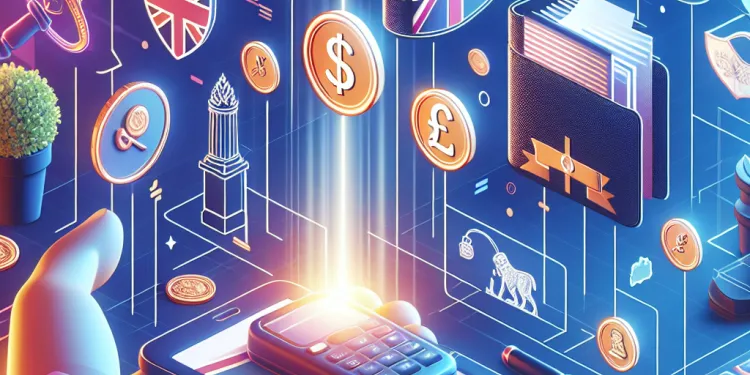
What is the average cost of a funeral in the UK?
Relevance: 10%
-

What financial help is available for funeral costs?
Relevance: 9%
-
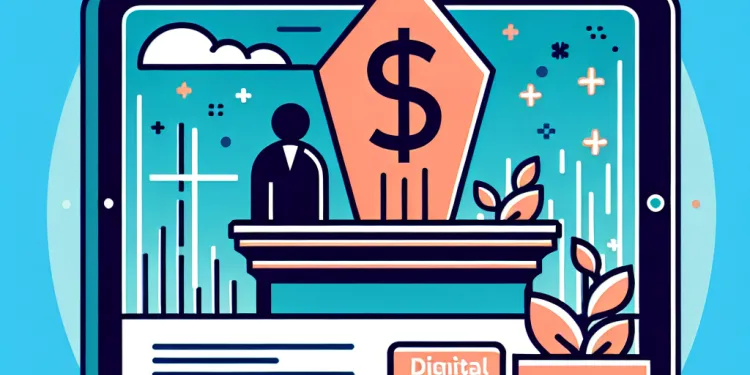
What is a public health funeral?
Relevance: 8%
-

Can funeral directors offer payment plans?
Relevance: 8%
-

Planning Your Funeral in Advance? | Expert Tips from Celebrants
Relevance: 8%
-

Who is eligible for a Funeral Expenses Payment?
Relevance: 7%
-

What Do You Want for Your Own Funeral? | Personal Funeral Wishes Explored
Relevance: 7%
-
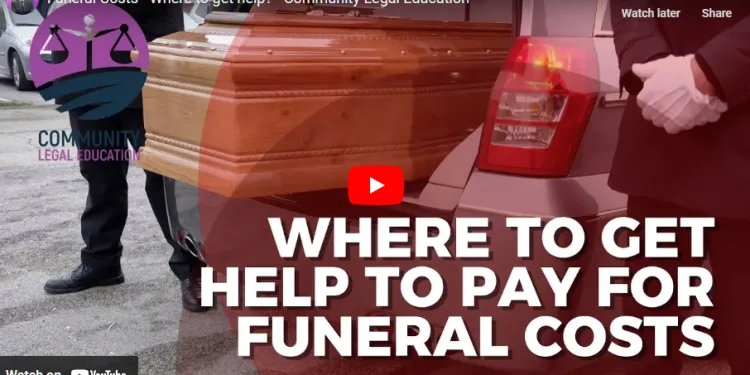
Funeral Costs - Where to get help? - Community Legal Education
Relevance: 7%
-
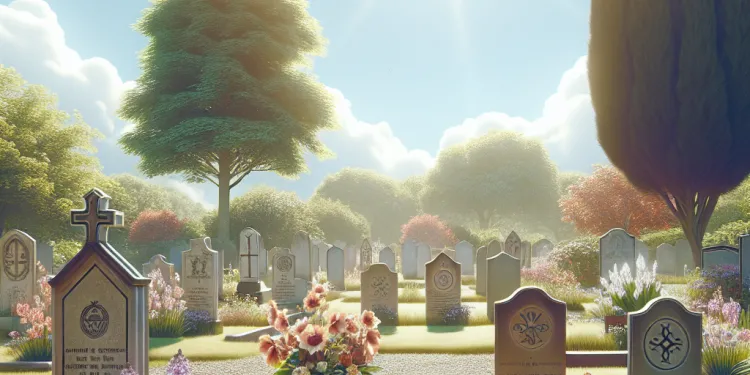
Traditional Ground Burials
Relevance: 7%
-

Are there any charities that can help with funeral costs?
Relevance: 6%
-

What to do when someone dies
Relevance: 6%
-

How do I apply for a Funeral Expenses Payment?
Relevance: 6%
-
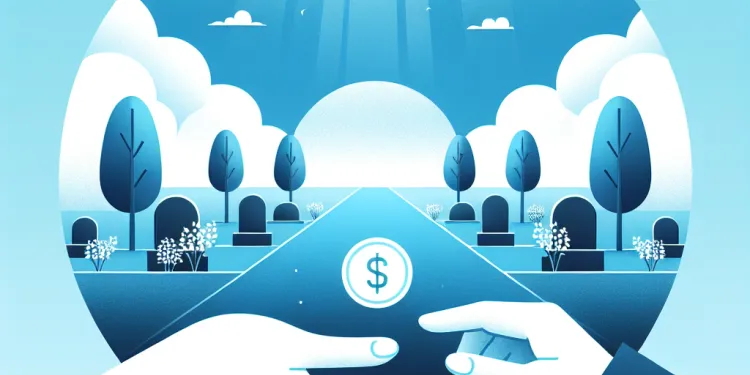
How much can I receive from the Funeral Expenses Payment?
Relevance: 6%
-

The new death certification process in the UK
Relevance: 5%
-
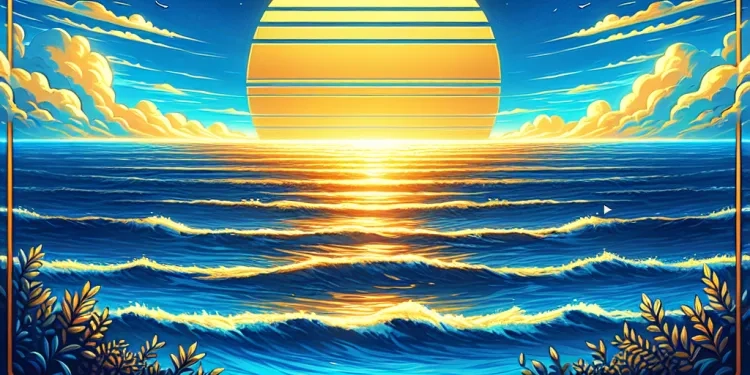
Burial at Sea
Relevance: 5%
-

Do all plants produce pollen that causes hay fever?
Relevance: 5%
-
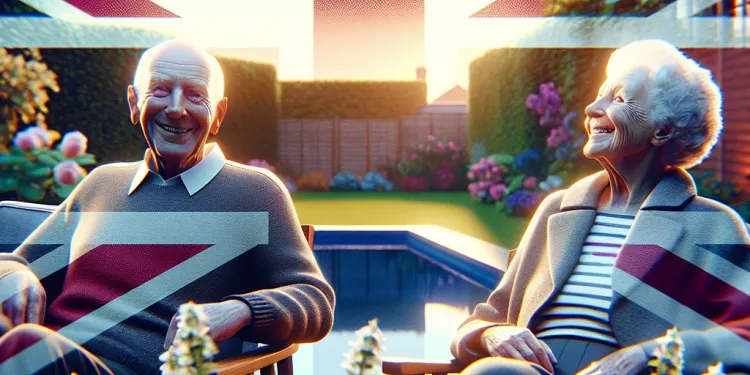
Does life insurance cover funeral costs?
Relevance: 4%
-

Can I get a loan to cover funeral costs?
Relevance: 4%
-

grill
Relevance: 2%
-
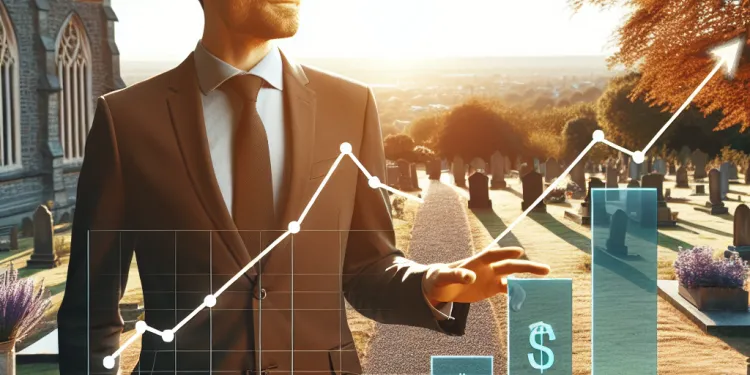
Why are council burial fees going up nearly 50% in the UK?
Relevance: 2%
Cremation and Ash Interment in the United Kingdom
Understanding Cremation
Cremation is a method of body disposition that serves as an alternative to traditional burial in the United Kingdom. This process involves the incineration of the deceased's body at a high temperature until it is reduced to ashes, also known as cremains. It is widely chosen for various personal, environmental, and economic reasons. Approximately 75% of funerals in the UK result in cremation, making it a common choice for many families regardless of religious or cultural background.
The Cremation Process
The cremation process begins with the placement of the deceased in a cremation chamber, also known as a retort, where intense heat reduces the body to bone fragments over several hours. These fragments are then cooled and processed into finer particles, earning them the term 'ashes' or 'cremains.' Each cremation is individual, ensuring respect and integrity for the deceased's remains. The cremated remains are then placed in an urn selected by the family.
Options for Ash Interment
After cremation, families have several options for ash interment, allowing for personalisation in memorialisation. Ashes can be buried in a cemetery plot, placed in a columbarium, or scattered in a meaningful location. Some families choose memorial gardens in crematoria, where the ashes can be interred with a plaque or monument. Others opt for biodegradable urns that allow ashes to integrate naturally into the soil, contributing to a greener environment. Scattering laws in the UK permit ashes to be dispersed on private land with permission or in designated spaces in certain public parks and grounds.
Legal and Practical Considerations
In the UK, cremation is regulated to ensure respectful practice and public health standards. Families must obtain a cremation certificate and adhere to legal guidelines for ash handling and disposition. It is advisable to consult with local authorities or a funeral director to ensure compliance with any regional regulations, particularly concerning scattering ashes. Additionally, families should consider logistics such as the location, urn selection, and any memorial services planned, to create a fitting tribute for their loved one.
Cremation and Ash Interment in the United Kingdom
What is Cremation?
Cremation is a way to say goodbye to someone after they have died. It is different from burying a body in the ground. In the UK, many people choose cremation because it can be better for the environment and costs less. About 75 out of 100 funerals in the UK are cremations. People from all kinds of backgrounds choose cremation.
How Does Cremation Work?
Cremation happens in a special machine called a cremation chamber. The body is placed inside, and then it is turned into ashes using a lot of heat. This can take a few hours. After that, the ashes are cooled down and put into a small container called an urn. Every cremation is done separately to show respect to the person who has died.
What to Do with the Ashes?
After cremation, families can decide what to do with the ashes. Here are some options:
- Burying the ashes in a cemetery.
- Putting the ashes in a special place called a columbarium.
- Scattering the ashes in a place that means something special.
- Using a special urn that breaks down in the earth, which helps the environment.
- Some places, like certain parks, allow ashes to be scattered if you have permission.
Things to Remember
In the UK, there are rules to follow when it comes to cremation. Families need a special paper called a cremation certificate. It is good to talk to a local authority or a funeral director to make sure you are following the rules, especially for scattering ashes. Think about where you want the ashes to go and if you want to have a ceremony. This way, you can honor the person who has died in a meaningful way.
Some helpful tools and techniques for understanding include:
- Using audio books to hear the information.
- Looking at pictures or symbols that explain the steps.
- Talking to someone who can explain it simply, like a carer or friend.
Frequently Asked Questions
What is cremation?
Cremation is the process of reducing a body to ashes through burning. It takes place in a specially designed furnace called a cremator at a crematorium.
Is cremation more affordable than burial in the UK?
Cremation often costs less than burial due to the lack of expenses such as purchasing a burial plot, headstone, and grave maintenance.
How long does the cremation process take?
The actual cremation process takes about 1.5 to 3 hours, but the entire service at the crematorium typically lasts around 45 minutes to an hour.
What are the environmental impacts of cremation?
Cremation can have environmental impacts due to CO2 emissions and the release of other pollutants; however, many crematoriums now use filtration systems to minimise this.
Can you keep the ashes at home in the UK?
Yes, you can legally keep the ashes at home, scatter them, or inter them in a cemetery or garden of remembrance.
Are you allowed to scatter ashes anywhere?
In the UK, you can scatter ashes on private land with the landowner's permission, and in public places like parks or the sea, as long as you follow local rules.
What are the options for interring ashes?
Ashes can be interred in a special section for cremated remains in a cemetery, in a churchyard, or in a garden of remembrance.
Do all religions allow cremation?
Views on cremation vary by religion. In the UK, many Christian denominations accept cremation, while traditional Judaism and Islam typically prefer burial.
Is it possible to have a religious service at the crematorium?
Yes, you can have a religious or non-religious service at the crematorium chapel before the cremation takes place.
How are ashes returned to the family?
After cremation, ashes are placed in a sealed container or urn and returned to the family by the funeral director or crematorium.
Can you personalise a cremation urn?
Yes, urns can be personalised in terms of design, material, size, and engraving, to reflect the personality of the deceased.
Is it possible to exhumate interred ashes?
Exhumation of ashes is possible but requires a license from the Ministry of Justice and permission from the relevant burial authority.
What should be done with remaining jewellery during cremation?
It is advised to remove any jewellery before cremation, but if left on, it will be melted down and cannot be recovered after the process.
Can cremation ashes be divided among family members?
Yes, ashes can be divided into several urns or keepsake containers to be shared among family members or friends.
How soon after the funeral can the cremation take place?
Cremation usually occurs a day or two after the funeral service, once all necessary paperwork is completed.
What is cremation?
Cremation is when a person's body is turned into ashes after they die. This is done in a special machine that gets very hot.
If you find big words hard, try using a dictionary or ask someone to explain the words.
Cremation is when a body is turned into ashes by burning it. This happens in a special machine called a cremator at a place called a crematorium.
Is cremation cheaper than burial in the UK?
Some people want to know if cremation costs less money than burial.
When thinking about costs, cremation is usually cheaper than burial.
If you need help to understand this, you can:
- Ask someone to explain it to you.
- Use pictures to help understand.
- Find easy-to-read guides online.
Cremation can cost less money than a burial because you don't have to pay for things like buying a place to bury the body, a headstone for the grave, or taking care of the grave.
If you need help reading, you can use apps that read text out loud or ask someone to read it with you.
How long does it take to cremate a body?
A cremation usually takes about 1 to 3 hours.
Helpful tip: If you're finding reading tough, try using a ruler or your finger to follow along with the words. You might also like listening to someone read the text out loud.
Cremation takes a long time. It takes about 1.5 to 3 hours. But the whole service, where people say goodbye, is shorter. The service lasts about 45 minutes to an hour.
What happens to the environment when someone is cremated?
Cremation is when a body is turned into ashes using fire.
This can affect nature in different ways.
- Smoke goes into the air and can make it dirty.
- Cremation uses a lot of energy.
- Some bad gases can be released during cremation.
To learn more or to understand better, you can:
- Ask someone to explain more.
- Watch a video about cremation.
Burning a body at a crematorium can be bad for the earth because it puts out smoke and gases. But, many places where this happens use special filters to make the air cleaner.
Can you keep ashes at home in the UK?
Yes, you can keep ashes at home in the UK.
If you need help, you can:
- Ask someone you trust for advice.
- Use books or websites for more information.
- Talk to a friendly expert, like a funeral director.
Yes, you can keep the ashes at home. You can also spread them in a special place or bury them in a cemetery or garden made for remembering.
Can you scatter ashes anywhere?
Sometimes when someone dies, their family wants to scatter their ashes in a special place. But you can't just scatter ashes anywhere you want.
Here are some things to remember:
- Ask the landowner for permission if you want to scatter ashes on private land.
- In public places, like parks, you should check the rules first.
- There are rules for scattering ashes in water, like rivers or the sea.
If you are not sure, you can ask for help. A family member, friend, or someone who works at a funeral home can often help you with this.
In the UK, you can spread ashes on private land if the owner says it's okay. You can also spread ashes in public places like parks or the sea. Just make sure to follow the local rules.
What can you do with ashes after a cremation?
Here are some simple ways to take care of ashes:
- Bury the ashes: You can put the ashes in the ground at a cemetery. This is like burying a regular body.
- Keep the ashes at home: You can put the ashes in a pretty container called an urn and keep it at home.
- Scatter the ashes: You can spread the ashes in a special place, like a garden or the sea.
- Put ashes in a special place: Some people make a small building called a columbarium to keep ashes safe.
To help do this, you can:
- Ask a grown-up or a friend to help you.
- Use pictures or stories to understand better.
- Write down your thoughts or feelings with someone you trust.
You can put ashes in a safe place. This could be in a special part of a cemetery, in a churchyard, or in a garden made to remember people.
Can people from all religions be cremated?
Different religions think about cremation in different ways. In the UK, many Christian groups are okay with cremation. But, traditional Jewish and Muslim religions usually prefer burial instead.
Can we have a religious ceremony at the crematorium?
Yes, you can have a religious ceremony at the crematorium.
You might want to have a leader for the ceremony. This could be a priest, imam, rabbi, or another religious leader.
They will help you with prayers and other parts of the ceremony.
You can also play music and have time for people to share memories.
If you need help, you can ask someone at the crematorium.
Yes, you can have a special service at the crematorium chapel before someone is cremated. This service can be religious, like with prayers, or non-religious, without prayers.
How do ashes get back to the family?
After someone is cremated, their ashes are put in a container. The funeral home or crematorium gives these ashes back to the family. This can happen in a few different ways:
- The family can pick up the ashes themselves.
- The ashes can be sent to the family's house.
Many families choose a special urn to hold the ashes. If you have questions, you can ask the funeral home staff for help. They can explain things and offer support.
Using a calendar or reminder notes can help you remember important dates and times related to the ashes.
After someone is cremated, their ashes are put in a special jar or box that closes tightly. The ashes are then given back to the family by the person who takes care of the funeral.
Can you make a cremation urn special?
Yes, you can make a cremation urn special. Here are some things you can try:
- Add a name or special words.
- Choose a favorite color or design.
- Put a picture on the urn.
You can also ask someone to help you make the urn special.
Yes, you can make urns special. You can choose how they look, what they are made of, how big they are, and add words to remember the person who died.
Can you dig up buried ashes?
Yes, you can. Here are some tips to make it easier:
- Ask for help from a caring friend or family member.
- Speak with the people in charge of the place where the ashes are buried.
- Use pictures or drawings to understand the steps.
- Write down what you need to do, one step at a time.
You can move ashes from the ground, but you need a special paper called a license. You get this from the Ministry of Justice. You also need to ask the burial place for permission.
What should we do with jewellery during a funeral?
When someone is cremated, you can decide what to do with their jewellery. Here are some easy ideas:
- Take the jewellery off before the funeral and keep it safe as a memory.
- Give the jewellery to a family member or friend if they want to remember the person.
- If you want the jewellery to stay with the person, ask the funeral director how they can help.
It's important to talk with family about what everyone thinks is best.
It's a good idea to take off any jewellery before cremation. If you leave it on, it will melt and you won't be able to get it back.
Can a loved one's ashes be shared with family?
Yes, family members can share the ashes of a loved one. This means the ashes can be put in more than one special container, like an urn or a keepsake.
If you want to do this, talk with family first and agree on how to share the ashes. This helps everyone feel okay about it.
You can also ask a funeral home for help. They can show you the right way to divide the ashes.
Yes, you can split ashes into different containers. This way, family and friends can each have some.
When can the body be cremated after the funeral?
After the funeral, the body can be cremated soon. This usually happens within a few days.
If you need help understanding, you can:
- Ask a family member or friend to explain.
- Use picture cards to help explain what happens.
Cremation happens one or two days after the funeral. This happens when all the needed papers are done.
Useful Links
- Ergsy carfully checks the information in the videos we provide here.
- Videos shown by Youtube after a video has completed, have NOT been reviewed by ERGSY.
- To view, click the arrow in centre of video.
- Most of the videos you find here will have subtitles and/or closed captions available.
- You may need to turn these on, and choose your preferred language.
- Go to the video you'd like to watch.
- If closed captions (CC) are available, settings will be visible on the bottom right of the video player.
- To turn on Captions, click settings .
- To turn off Captions, click settings again.
More Items From Ergsy search
-

Cremation and Ash Interment
Relevance: 100%
-

What is direct cremation and how much does it cost in the UK?
Relevance: 41%
-

What are the different methods of burial available in the uk?
Relevance: 36%
-

Alternative Burial Methods
Relevance: 26%
-

How to arrange a funeral in the UK
Relevance: 17%
-

What costs are usually associated with a funeral?
Relevance: 15%
-

Woodland and Natural Burials
Relevance: 13%
-

Planning for your funeral
Relevance: 11%
-

What is the average cost of a funeral in the UK?
Relevance: 10%
-

What financial help is available for funeral costs?
Relevance: 9%
-

What is a public health funeral?
Relevance: 8%
-

Can funeral directors offer payment plans?
Relevance: 8%
-

Planning Your Funeral in Advance? | Expert Tips from Celebrants
Relevance: 8%
-

Who is eligible for a Funeral Expenses Payment?
Relevance: 7%
-

What Do You Want for Your Own Funeral? | Personal Funeral Wishes Explored
Relevance: 7%
-

Funeral Costs - Where to get help? - Community Legal Education
Relevance: 7%
-

Traditional Ground Burials
Relevance: 7%
-

Are there any charities that can help with funeral costs?
Relevance: 6%
-

What to do when someone dies
Relevance: 6%
-

How do I apply for a Funeral Expenses Payment?
Relevance: 6%
-

How much can I receive from the Funeral Expenses Payment?
Relevance: 6%
-

The new death certification process in the UK
Relevance: 5%
-

Burial at Sea
Relevance: 5%
-

Do all plants produce pollen that causes hay fever?
Relevance: 5%
-

Does life insurance cover funeral costs?
Relevance: 4%
-

Can I get a loan to cover funeral costs?
Relevance: 4%
-

grill
Relevance: 2%
-

Why are council burial fees going up nearly 50% in the UK?
Relevance: 2%


